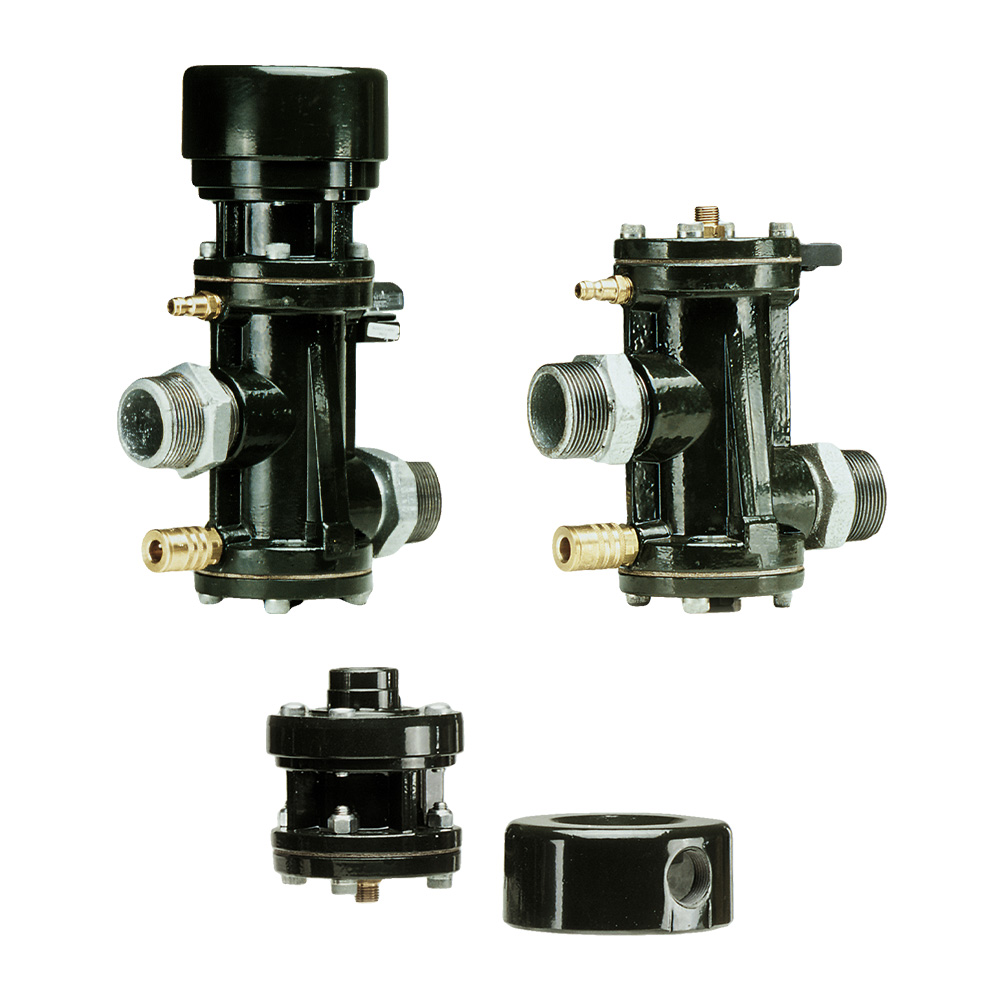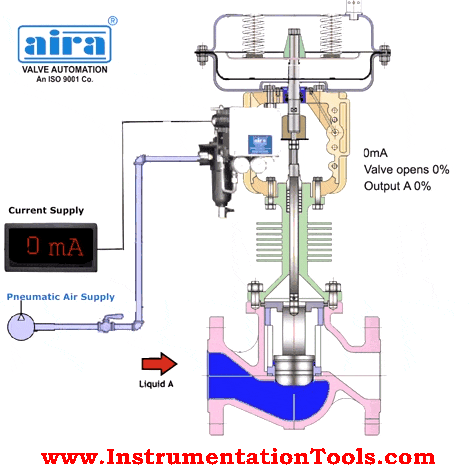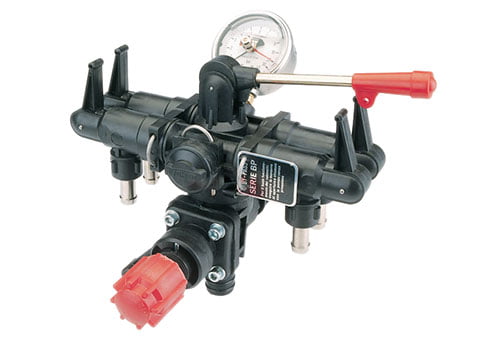Efficient Control Valves: Trick Parts for Reliable System Monitoring
Wiki Article

Maximize Energy Cost Savings and Convenience With Advanced Building Automation Controls
In the realm of contemporary design and center monitoring, the integration of sophisticated building automation manages stands as a crucial development. The convergence of innovation and sustainability has birthed a brand-new period where energy efficiency, convenience optimization, and functional streamlining are no longer distant aspirations yet obtainable facts. By utilizing the power of automation, structures can adapt, react, and advance in methods that were once inconceivable. The potential for substantial power financial savings and enhanced comfort is not simply a promise however an opportunity waiting to be satisfied. This standard shift in structure administration holds the key to unlocking a world where ecological conscientiousness and resident health sympathetically exist together within the wall surfaces of our frameworks.Power Effectiveness Perks
Energy performance advantages can considerably lower energy usage and operational prices in buildings. By executing energy-efficient practices and innovations, structure owners and operators can accomplish significant cost savings while likewise adding to ecological sustainability. One of the main benefits of boosting energy efficiency in buildings is the decrease of energy bills. Energy-efficient systems, such as sophisticated structure automation controls, can optimize the usage of sources like air conditioning, illumination, and heating, bring about lower energy costs with time.Furthermore, enhanced power effectiveness can prolong the life-span of structure equipment and systems. By running a lot more effectively, heating and cooling systems, light, and various other structure elements experience less wear and tear, causing lowered maintenance and substitute expenses. Additionally, energy-efficient structures commonly command greater residential or commercial property worths and rental rates, giving lasting monetary advantages to owners.
Furthermore, power efficiency can boost resident convenience and performance. Appropriately controlled indoor atmospheres with optimal illumination and thermal problems create a more helpful and enjoyable office, bring about enhanced employee satisfaction and efficiency. Overall, the power effectiveness advantages connected with innovative structure automation controls are complex, incorporating cost financial savings, environmental stewardship, and resident wellness.
Boosted Comfort Control
Enhancing comfort control in structure environments requires an advanced integration of advanced automation systems for ideal passenger wellness. By using sophisticated building automation controls, facilities can customize the indoor setting to meet the specific needs and preferences of occupants. control valves.By including these advanced controls, structures can not only boost comfort but likewise improve energy performance by enhancing system operations based on real occupancy and use patterns. Eventually, prioritizing occupant convenience with sophisticated automation systems leads to a more enjoyable and healthier interior atmosphere.
Functional Efficiency Improvements

In addition, the application of real-time monitoring and analytics devices enables structure operators to determine power ineffectiveness and operational abnormalities immediately. By constantly keeping an eye on energy usage patterns and system performance metrics, modifications can be made in real-time to optimize energy consumption and ensure peak operational effectiveness. control valves. Additionally, integrating demand feedback techniques right into structure automation controls can further boost operational efficiency by dynamically changing energy use based upon grid conditions and rates signals
Indoor Environment Optimization
Effective indoor climate optimization is a fundamental facet of building automation controls, ensuring residents' convenience and health while taking full advantage of energy financial savings. By making use of sophisticated sensors and controls, constructing automation systems can constantly keep track of and readjust temperature, humidity levels, air high quality, and ventilation to produce an ideal indoor environment. Maintaining comfy and constant conditions not only enhances occupant complete satisfaction however likewise increases performance and total health.Interior environment optimization likewise plays a vital function in energy efficiency. By fine-tuning air flow, cooling, and home heating systems based upon real-time information and occupancy patterns, constructing automation controls can substantially my explanation reduce power intake - control valves. Carrying out methods such as demand-controlled ventilation and thermal zoning can help reduce power waste while making sure that each location of the structure gets the required conditioning.

Lasting Environment Development
Building automation controls not only maximize interior environment conditions for energy performance and owner convenience however likewise lay the foundation for creating a lasting setting with calculated management of systems and resources. By incorporating innovative building automation innovations, such as sensors, actuators, and smart software program, facilities can readjust and keep an eye on energy usage in real-time to decrease waste and minimize their carbon footprint. These systems make it possible for anticipating maintenance, identifying possible problems before they rise and maximizing devices performance to boost durability and efficiency.In addition, sustainable environment production extends past energy monitoring to include water conservation, waste decrease, and indoor air quality enhancement. Building automation controls can manage water usage, spot leakages, and guarantee proper garbage disposal methods, contributing to total sustainability initiatives. Additionally, by monitoring and controlling ventilation and purification systems, these modern technologies improve passenger health and performance while lowering energy consumption connected with a/c operations.
Verdict
Finally, advanced structure automation controls deal substantial advantages in terms of power cost savings, comfort control, directory functional effectiveness, interior climate optimization, and developing a sustainable environment. By carrying out these controls, structures can achieve optimal performance while minimizing energy usage and boosting occupant comfort. It appears that making use of innovative automation technology is important in boosting structure performance and creating a much more lasting future.Power effectiveness benefits can substantially lower power intake and functional prices in structures. Generally, the power performance advantages connected with innovative structure automation controls are diverse, incorporating expense financial savings, ecological stewardship, and owner health.
Additionally, incorporating need action techniques into building automation controls can better boost functional effectiveness by dynamically adjusting power use based on grid problems and rates signals.
Structure automation regulates not just enhance indoor climate conditions for energy Your Domain Name efficiency and resident comfort but also lay the structure for producing a sustainable atmosphere with critical management of sources and systems.In final thought, progressed building automation controls deal significant advantages in terms of energy financial savings, comfort control, functional effectiveness, interior climate optimization, and developing a sustainable setting.
Report this wiki page